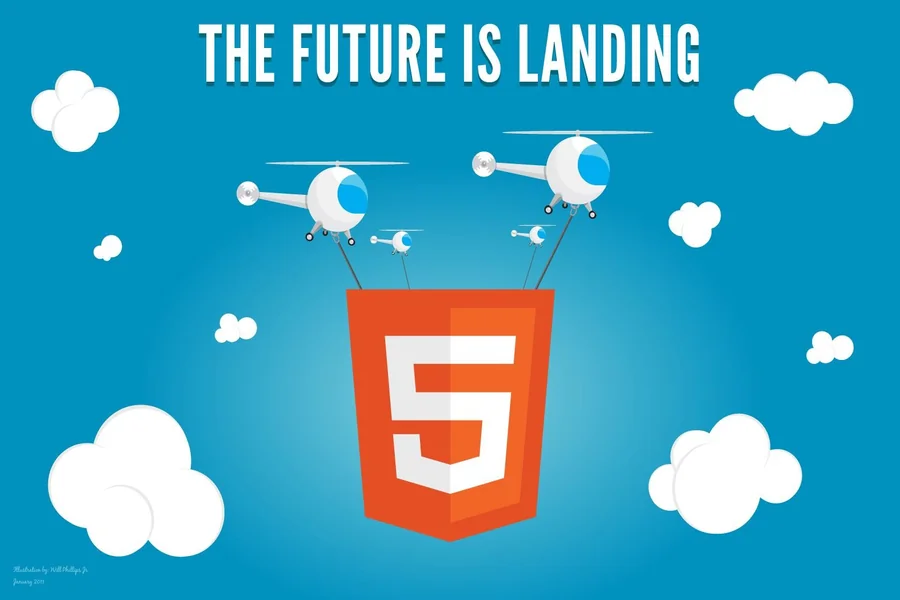Web-based games have evolved far beyond simple flash animations. Today, they offer complex gameplay, multiplayer support, and immersive graphics—all thanks to modern web technologies. This article explores how HTML, CSS, and JavaScript come together to build compelling games right in the browser.
1. Laying the Foundation with HTML
HTML is the skeleton of any web game. It provides the basic structure: canvas elements for drawing graphics, containers for UI elements, and placeholders for audio and scoreboards. For example, a typical HTML setup might include a <canvas> tag to host the game visuals and <div> elements for buttons and scores.
2.Adding Style and Polish with CSS
CSS enhances your game’s presentation. It controls the appearance of menus, backgrounds, animations, and responsive layouts. You can style health bars, buttons, and loading screens with transitions and keyframe animations to deliver a visually appealing experience.
3. JavaScript: The Heart of Your Game
JavaScript handles everything from player movement to game logic and physics. You’ll use it to draw sprites on the canvas, detect user input (keyboard, mouse, or touch), implement collision detection, and manage game loops. Libraries like Phaser.js or native APIs like Canvas 2D simplify these tasks significantly.
4. Game Loop and Rendering
The game loop is the core engine that updates the game state and redraws the screen at a regular interval. It uses requestAnimationFrame() for smooth and efficient frame rendering. Within the loop, you handle physics, animations, input, and game logic to ensure the experience is fluid and responsive.
5. Handling Input Across Devices
Good web games are device-agnostic. Use JavaScript event listeners to manage different input types like keyboard strokes for desktop or touch gestures for mobile. Responsive design and adaptive input handling ensure accessibility and broad audience reach.
6. Asset Management
Managing game assets—images, sounds, and fonts—is critical. Preload your assets before the game starts to avoid lags. Use JavaScript promises or loading managers from frameworks to handle asset queues. Also, compress files to speed up loading times and improve user experience.
7. Implementing Scoring and Persistence
High scores are a major motivator. You can implement scoring systems and store them using localStorage or web APIs like IndexedDB. This allows players to come back later and continue where they left off or view leaderboards.
8. Optimizing for Performance
Optimize draw calls and avoid expensive operations in every frame. Reuse objects where possible and debounce inputs when needed. Tools like Chrome DevTools’ performance profiler help identify bottlenecks and fix frame rate drops.
9. Making It Social and Shareable
Adding social elements like leaderboards, share buttons, or multiplayer modes can increase user engagement. Use WebSockets or third-party services for real-time multiplayer, and add shareable score links to promote the game virally.
10. Deployment and Hosting
Once ready, host your game on platforms like Diuwin GitHub Pages, Netlify, or your own domain. Use HTTPS for secure connections and ensure mobile compatibility. Promote it on game communities, Reddit threads, and social media for traction.
Conclusion
Creating web games is an exciting blend of front-end development and game design. HTML provides structure, CSS enhances the look, and JavaScript powers the logic. With the right tools and techniques, you can turn a simple idea into a high-score-chasing, browser-based adventure. The web is a versatile and powerful platform for indie developers, hobbyists, and professionals alike—start building your masterpiece today.



